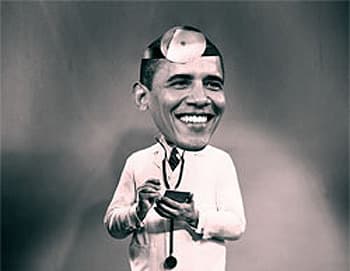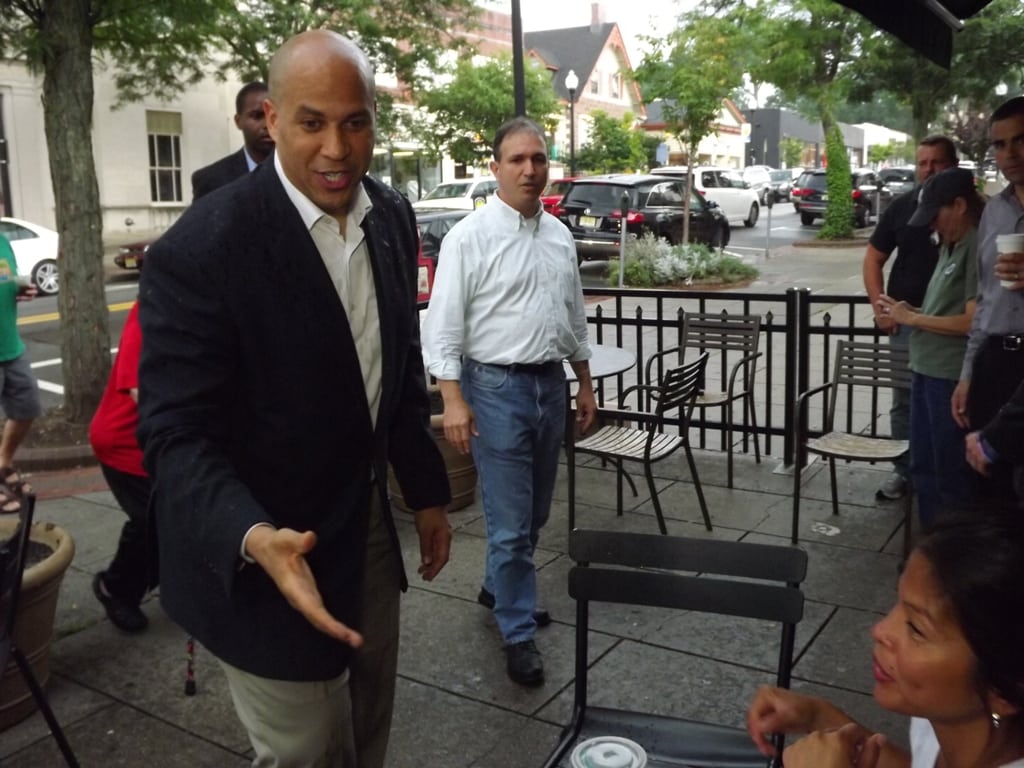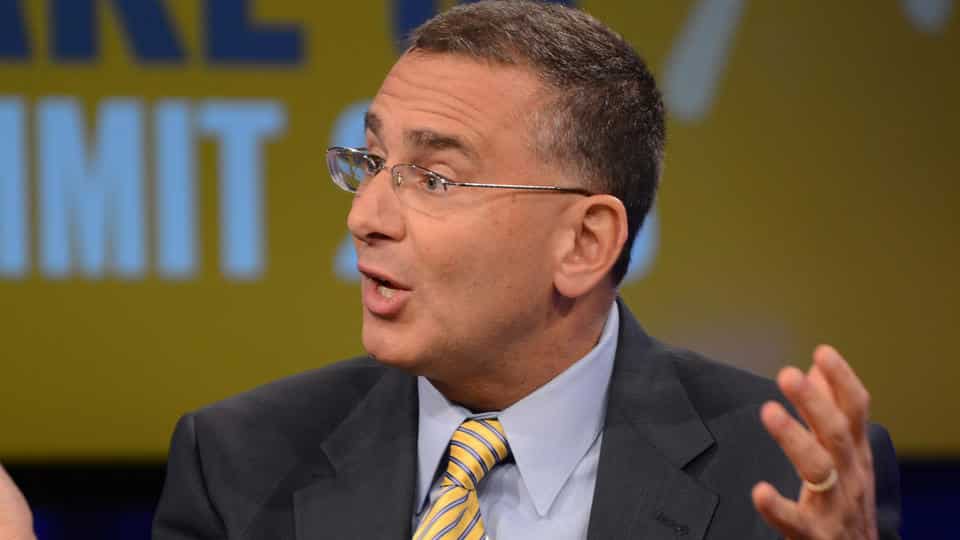
Jean Morrow / @Jean_Morrow2013 / February 15, 2017
While the House and Senate plan to repeal and replace Obamacare, members of Congress are hosting town hall meetings with their constituents and have been greeted by hostile crowds.
These folks seem to have amnesia about Obamacare’s glaring failures.
Here’s a quick refresher on Obamacare’s top four broken promises.
1. Costs are exploding.
President Barack Obama promised that his reform proposal would cut typical family costs by $2,500 annually. That, of course, never materialized.
The typical family today pays about 35 percent of their income for health care.
The small group and individual insurance markets were hit hard by big premium increases. An eHealth report concluded that from 2013 to 2017, the average individual market premium increases were 99 percent for individuals and a jaw-dropping 140 percent for families.
Costs have also increased for those with employer-sponsored insurance, according to the Kaiser Family Foundation, from 2010 to 2016, average family premiums for employer-sponsored plans nearly increased 32 percent.
Higher premiums are not the only shock. Out-of-pocket costs in the Obamacare exchanges, particularly deductibles, have been stunning. HealthPocket analyzed that for the lowest tier bronze plans in 2017, the average deductible for an individual is $6,092 and $12,383 for a family.
2. Competition and choice are declining.
Obama told America his proposal would increase competition in the health insurance markets but that hasn’t happened either.
On Tuesday, news broke that Humana will be leaving the Obamacare exchange markets next year. This was just the latest in a growing list of insurers who are jumping ship from this massive public policy failure.
Town hall audiences should take a good look at county-level data. A new Heritage Foundation analysis found that Obamacare’s exchanges, in their fourth year of operation, offer Americans little health insurer choice.
The downward slide in competition means that in 2017, consumers in 70 percent of U.S. counties are left with just one or two insurer options on the exchanges. The 70 percent figure is way up from 36 percent in 2016.
3. Forget about keeping your plan.
Perhaps the most famous health care promise of all, Obama’s promise: “If you like your health care plan, you’ll be able to keep your health care plan.” In fact, there were 37 instances where Obama or a high-ranking administration official repeated that infamous promise to keep you plan and your doctor.
Rarely has there been such a disconnect between rhetoric and reality. In 2014, the first year that Obamacare was fully implemented, the Associated Press reported that there were at least 4.7 million canceled policies across 30 states. The law’s insurance rules and mandates forced many insurers to cancel plans that people liked and wanted.
Sadly, the disruption only continued from there. For example, hundreds of thousands of people signed up for plans offered by insurers under Obamacare’s co-op program.
But 18 out of 23 of these federally-funded insurers have already collapsed, meaning taxpayers are highly unlikely to be repaid the more than $1.9 billion in loans they received—not to mention the thousands of co-op enrollees that lost their health care plans, some in the middle of the year.
Not exactly a proud moment in public policy.
4. No, you can’t necessarily keep your doctor.
Obama promised patients that they would be able to keep their doctors. For many patients, that also turned out to be untrue.
Obamacare’s rising costs, and its limited flexibility in federally fixed benefit designs, resulted in plans resorting to narrow provider networks. Narrow networks limit access to doctors and other medical professionals as a way to contain costs.
Enough is enough. For seven years, Obamacare has proved to be one giant bundle of broken promises and policy failures. Congress needs to get serious—quickly—and repeal Obamacare.
This is a crucial first step in moving America toward the patient-centered health care system our country deserves.









